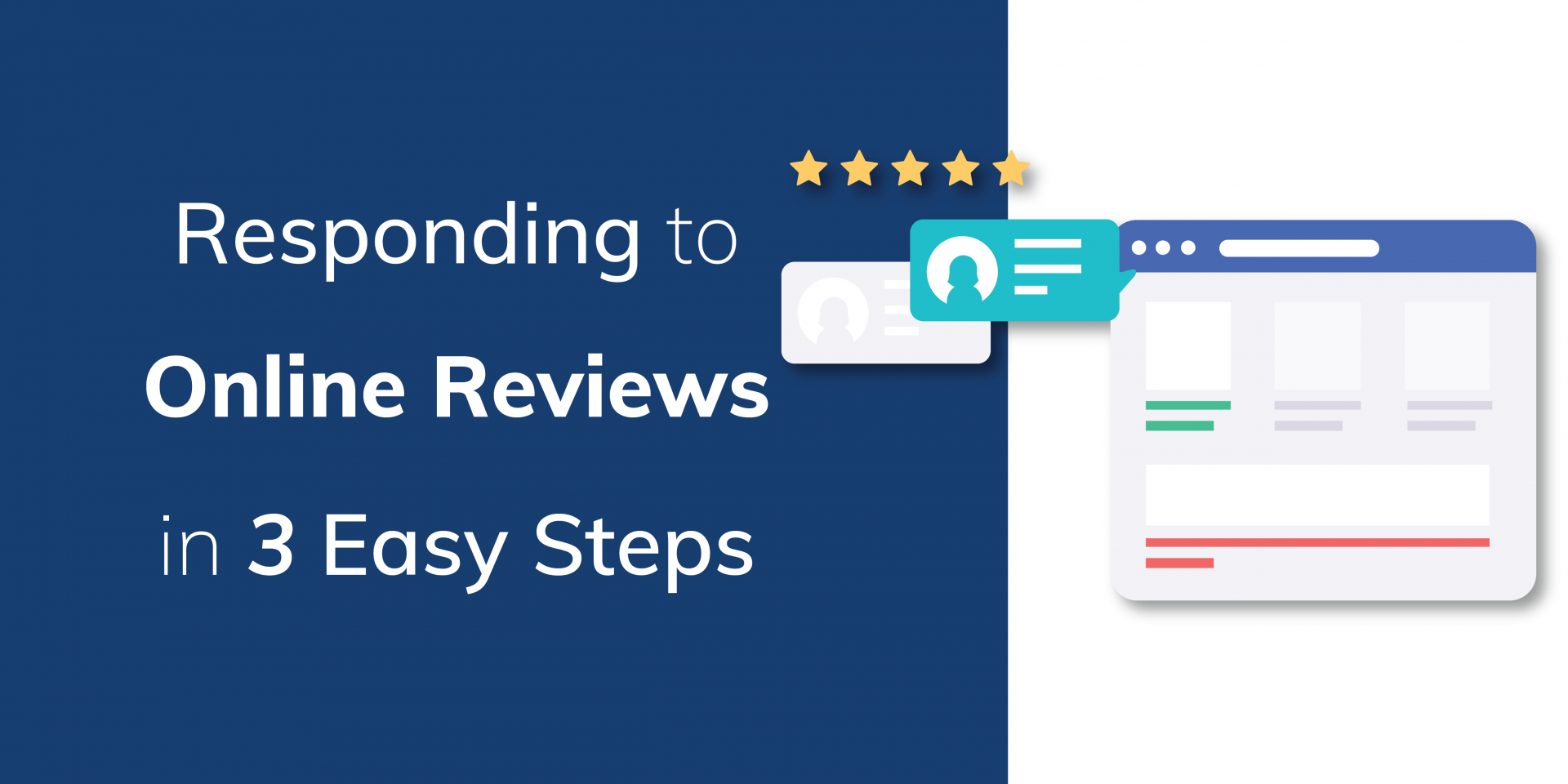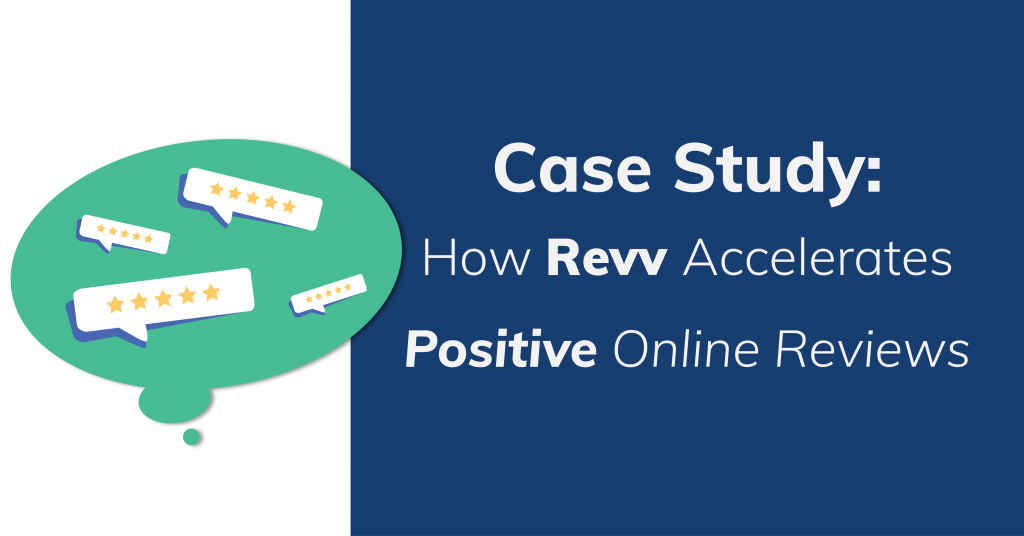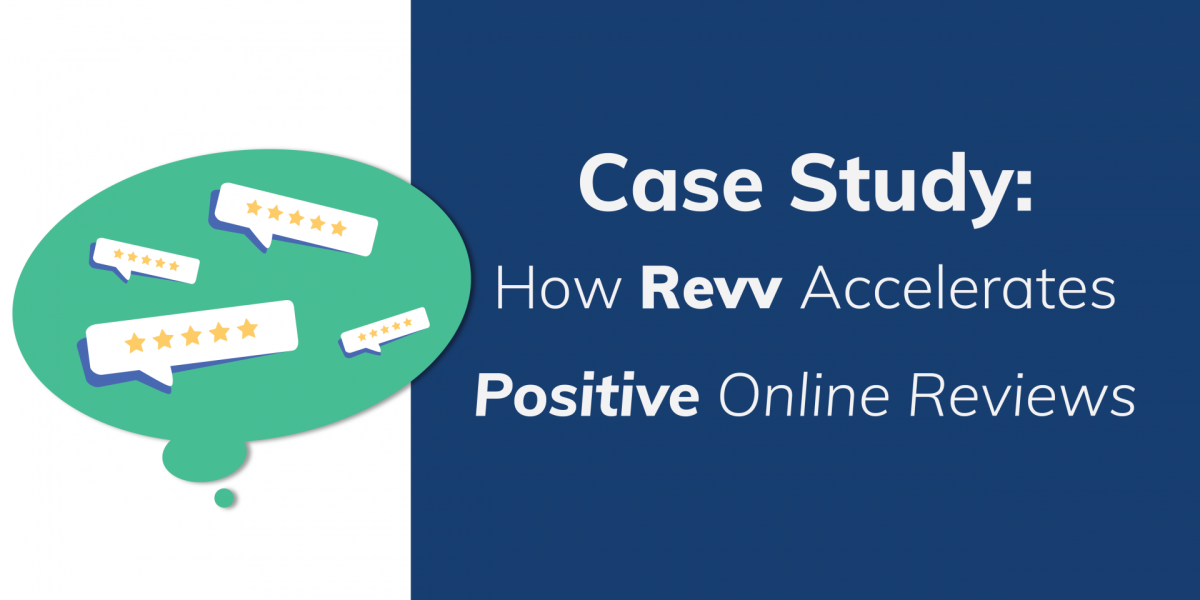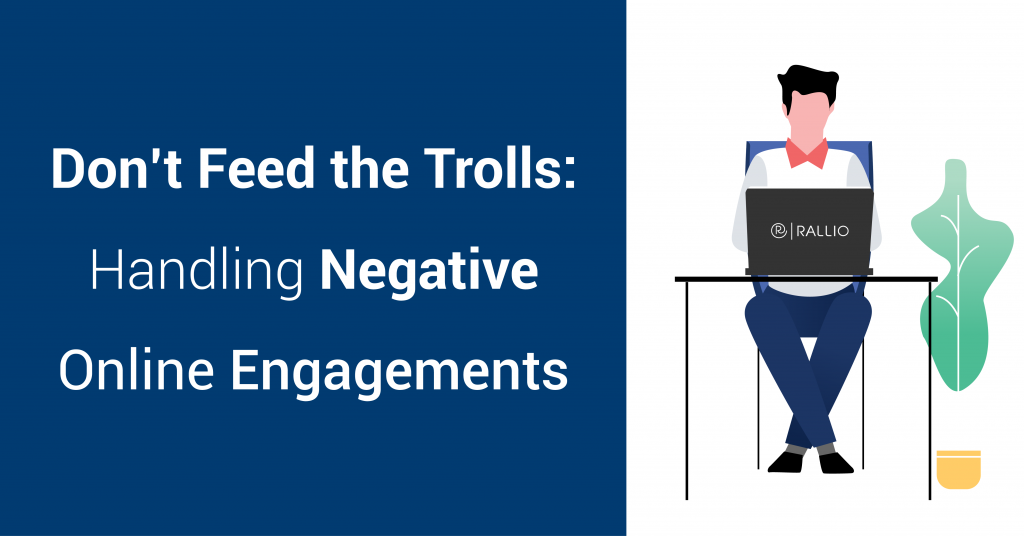Social media growth is something most franchise brands, independent business owners and influencers are striving for, but it doesn’t come easy. It requires thought and effort. If you use social networking as simply a means to an end (aka sales) and not as a way to connect with your customers, you’ve failed. You need to work on building relationships with your customers. They will become your brand loyalists and help grow your brand organically. This article will lay down some simple tips on how you can engage authentically with your social media followers on Facebook and Instagram.
Why Engagement Matters
Engaging authentically with your social media followers is important for a number of reasons. First and foremost, it’s the only way to truly understand what your audience wants from you. Social media is an incredibly powerful tool for brands, but in order to use it effectively, you need to know how your audience interacts with your content.
Engaging with followers also allows you to build trust with them. People are more likely to follow brands if they feel like they’re being heard — and conversely, they’ll be less likely to follow if they don’t feel like their voices matter.
Lastly, engagement helps build your reputation as an expert in your field or industry. If people see that others are responding positively to your content or following your brand on social media, they’re more likely to check out what you have going on and give you a follow, too. Your reach can expand exponentially as more and more people engage with you and vice versa.
Related: 4 Big Reasons You Need Localized Social Media Content

Tips for Great Engagement
The way you engage with your followers on Facebook and Instagram is the most important part of your social media strategy. Yet engaging authentically is easy to say but hard to do. It’s a constant challenge because of all the noise on social media, especially if you have a business that relies on word-of-mouth recommendations.
The good news is that it’s not impossible to do well — even if you’re starting from scratch. Keep reading for all the tips you need.
1. Know your audience
The first step to engaging authentically is knowing the audience of each of your social media accounts. For example, if you have an Instagram account for your food truck, knowing that most of your followers are young professionals makes it easier to tailor content that appeals to them — such as pictures of healthy snacks or quotes about healthy eating habits — than it would be if most of them were foodies who enjoy eating fried chicken and potatoes (no judgments!).
2. Write great content
You can’t be effective at social media marketing unless you’re using it to provide value to your customers, and that means creating content that’s useful, interesting and engaging. But what does that mean? How do you write content that’s worth reading? How do you know if your content is working? Let’s explore some strategies for creating great social media posts that will encourage engagement and increase sales.
✔️ The best way to get people talking about your brand is by sharing relevant information that will interest them personally and professionally. If you’re a restaurant owner, show mouth-watering photos of your top dishes. If you’re a florist, share photos of your bridal arrangements for an upcoming wedding. The point is to make it personal to your brand so people will want to engage.
✔️ In most cases, use short sentences and paragraphs. People will be more likely to read your posts if they’re not too long or complicated. There can be exceptions, and sometimes, you may need more words to communicate something important — say, if you’re spotlighting a team member. In those cases, going longer can work to your advantage. But if you’re just sharing a photo of a favorite burrito, the image speaks for itself. Consider the content of the image or video you’re sharing to write your captions appropriately.
✔️ Use bullet points, numbered lists and emojis when appropriate, so readers can scan quickly scan your content and get the gist.
✔️ Use a combination of images, videos and links. Having a mix of content keeps things interesting for your audience.
3. Respond, and do it quickly
When it comes to social media engagement, responsiveness and speed are of the essence. The faster you respond to comments and messages, the more likely you will be to keep your followers happy and engaged. Note: Most customers expect a response to their social media posts within 24 hours.
Among the brands that do respond to customers on social media, research shows that most of them are doing a satisfactory job of answering their customers promptly. Beyond the speed of response, however, there’s another issue: Many complaints are never answered, according to Convince & Convert. The data is enough to have led C&C to create a formula for responding to customers: “Answer every customer complaint. In every channel. Every time.”
It’s not just complaints you need to mind, either. Messages, comments on your posts, reviews and more — whether positive, negative or neutral — all need a response or acknowledgment from you as the brand. Having a social media management platform like Rallio will allow you to pull all engagements into one dashboard so you never miss anything and can be responsive in real time. You can also make use of chatbots and auto-responses on your website and Messenger to let customers know answers to basic FAQ as well as when they can expect a response from you.
4. Be yourself
When you’re establishing a new brand or business page on social media, it can be tempting to try to be everything to everyone. You might start out posting about the things you love and then switch gears when you realize it’s not resonating with your audience. Or maybe you’re trying to be funny one day, then serious the next.
The problem is that this strategy will turn off some of your followers while leaving others confused about who you really are. Instead, aim for consistency and authenticity by sticking with a single voice that feels authentic throughout all of your social media channels.
This doesn’t mean that every post needs to sound exactly alike — in fact, using humor or being serious can help build an interesting persona for your brand — but there should still be some consistency between posts so that people who follow you know what kind of content they can expect from you each time they visit your page or check out one of your posts.
5. Don’t feed the trolls
One of the biggest challenges you may face as a social media marketer is how to deal with negative comments and trolls. It’s important to note that there are two types of trolling on social media: The first is when someone is mean or rude to you in order to provoke a response. The second type is when someone tries to derail your post by commenting about something completely unrelated or unrelated to your brand, perhaps trying to get eyeballs and followers on their own pages.
If you’ve ever posted something on social media and received some nasty comments, you know how demoralizing it can be. You have several options for dealing with trolls, including:
- Ignore them. As long as their comments are not hateful, inflammatory or vicious, you can ignore the trolls. They will eventually get bored and go away.
- Block them. This won’t always work because they can create new accounts. But you can always try it as a first step.
- Hide the user and/or their comments. On some platforms, you can hide comments from view (see this page from Facebook) or hide the user — as on YouTube, where you can hide a user without blocking them. Essentially, any comments they make will go into a void, so they can shout all they want and nobody will hear them. For more on hiding a user or their comments, check on the specifics of each platform.
Engage Authentically to Build Your Brand
If you’re a small-business owner, chances are that you’re using social media to promote your business and build relationships with customers. But if you don’t engage authentically with your followers, you’ll lose their trust and interest.
Engaging with your social media followers is essential for building their trust in your brand. When you engage authentically with your followers, you’re keeping them in the loop about what’s happening in your business. This can help build rapport and strengthen customer relationships.
If you don’t know how to engage authentically, it may seem like a daunting task. Feel free to reach out to us via rallio.com for help creating and managing your social media marketing strategy.





















